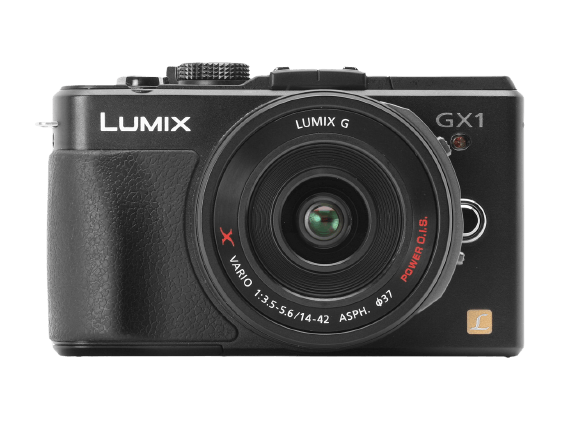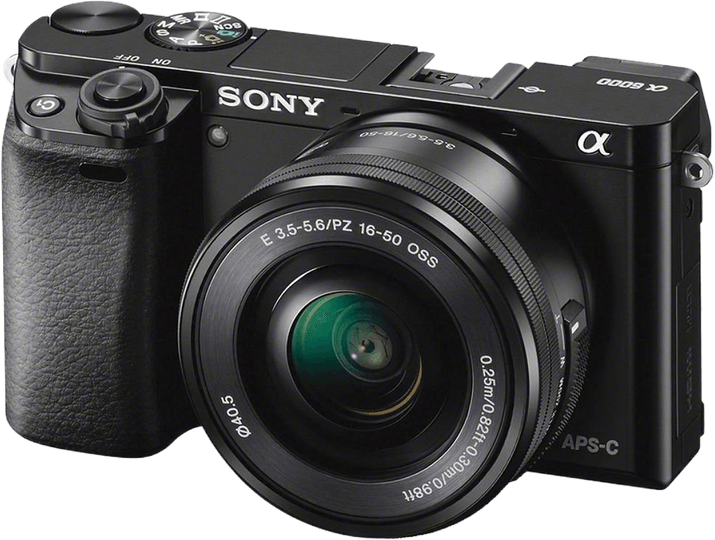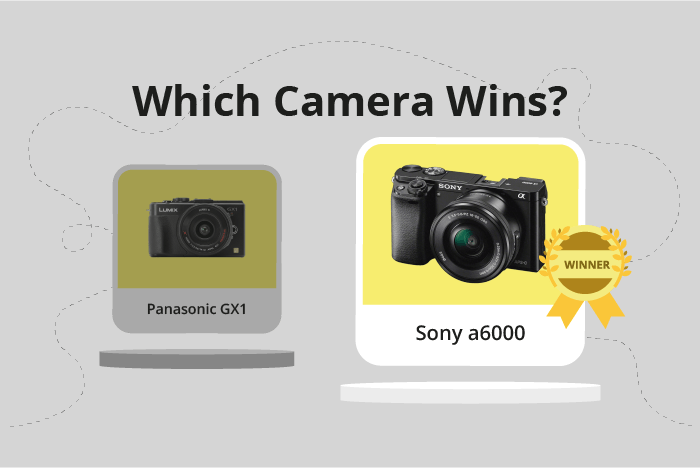Panasonic Lumix DMC GX1 vs Sony a6000 Comparison
Panasonic Lumix DMC GX1

Sony a6000

The Sony a6000 emerges as the winner in our comparison, scoring 57/100, while the Panasonic Lumix DMC GX1 trails behind with a score of 43/100. Both cameras are mirrorless and were launched with a price difference of $100, the GX1 at $699 and the a6000 at $799. They have similar dimensions, with the GX1 being slightly lighter at 318g compared to the a6000’s 344g.
The Sony a6000 stands out due to its superior performance and more recent release in 2014, as opposed to the GX1’s 2011 release. This gives the a6000 a technological advantage and justifies its higher score. On the other hand, the Panasonic Lumix DMC GX1 is more affordable and lighter, making it an attractive option for budget-conscious and traveling photographers.
Taking into account the scores and specifications, the Sony a6000 is the better camera for those seeking advanced features and better performance, while the Panasonic Lumix DMC GX1 offers a more budget-friendly and lightweight alternative.
Panasonic Lumix DMC GX1 vs Sony a6000 Overview and Optics
The Sony a6000 outperforms the Panasonic Lumix DMC GX1 in optics, scoring 67/100 compared to the GX1’s 42/100. Both cameras share some similarities in specifications, such as having a CMOS sensor, no image stabilization, and a similar aspect ratio (3:2 for the Sony a6000 and 4:3 for the GX1). However, the differences between the two cameras reveal why the Sony a6000 has a higher score.
The Sony a6000 boasts a higher megapixel count of 24.3, compared to the GX1’s 16 megapixels. This means the a6000 can capture more detail and produce higher resolution images. The Sony a6000 also has a faster shooting speed of 11 frames per second, while the GX1 only offers a shooting speed of 4.2 frames per second. This allows the a6000 to capture action and fast-moving subjects more effectively.
Furthermore, the Sony a6000’s sensor size is APS-C, larger than the GX1’s Micro Four Thirds sensor. This gives the a6000 an advantage in low light performance and increased dynamic range. The a6000’s DXOMARK score of 82 further supports its superior sensor quality, compared to the GX1’s score of 55.
The Panasonic Lumix DMC GX1 does have the advantage of a Micro 4/3 lens mount, which offers a wider variety of lenses compared to the Sony E mount. However, this advantage is not enough to outweigh the overall superior optics performance of the Sony a6000.
Taking these factors into account, it is clear that the Sony a6000 is the better choice for photographers seeking higher quality optics. The Panasonic Lumix DMC GX1 may still be a viable option for those prioritizing lens variety, but its overall optics performance is inferior to the Sony a6000.
Panasonic Lumix DMC GX1 vs Sony a6000 Video Performance
The Sony a6000 outperforms the Panasonic Lumix DMC GX1 in video capabilities with a video score of 56/100 compared to the GX1’s 43/100. Both cameras share some common specifications, including a Full HD maximum video resolution and dimensions of 1920 x 1080. However, there are differences that give the Sony a6000 an edge over the Panasonic Lumix DMC GX1.
One advantage the Sony a6000 has over the GX1 is its higher maximum video frame rate of 60fps, compared to the GX1’s 30fps. This allows the a6000 to produce smoother video footage, especially when capturing fast-moving subjects or scenes. Additionally, both cameras lack built-in time-lapse functionality, which may be a consideration for those interested in creating time-lapse videos.
Despite the lower video score, the Panasonic Lumix DMC GX1 still offers Full HD video recording with dimensions of 1920 x 1080, making it a suitable option for casual videographers. However, the lower maximum frame rate of 30fps may be limiting for those seeking to capture high-quality action footage.
Taking these factors into consideration, the Sony a6000 emerges as the superior option for videography due to its higher video score and increased maximum frame rate. While the Panasonic Lumix DMC GX1 may be sufficient for casual video recording, those seeking more advanced video capabilities should opt for the Sony a6000.
Panasonic Lumix DMC GX1 vs Sony a6000 Features and Benefits
The Panasonic Lumix DMC GX1 outperforms the Sony a6000 in features with a score of 49/100, compared to the Sony’s 41/100. Both cameras share some similarities in their specifications, such as having a 3-inch screen size and lacking GPS and Bluetooth capabilities.
The Lumix DMC GX1 has a touchscreen, while the a6000 does not. This allows for easier navigation and control of the camera’s settings. However, the GX1’s screen resolution is lower at 460,000 dots, compared to the a6000’s 921,600 dots. The higher resolution provides a sharper and clearer image on the Sony a6000’s screen.
In contrast, the Sony a6000 has a flip screen and Wi-Fi capabilities, making it more versatile and convenient for various shooting situations and sharing photos. The flip screen allows for more flexible shooting angles, while the Wi-Fi feature enables easy transfer of images to other devices.
Despite the higher feature score of the Lumix DMC GX1, the Sony a6000 offers some advantages that may be more important to certain users, such as the higher screen resolution, flip screen, and Wi-Fi connectivity. The touchscreen feature of the GX1 is also a significant benefit for user experience.
When considering these points, potential buyers should weigh the importance of each feature for their specific needs. The Panasonic Lumix DMC GX1 may be a better choice for those who prioritize touchscreen functionality, while the Sony a6000 may be more suitable for users who value a higher screen resolution, flip screen, and Wi-Fi capabilities.
Panasonic Lumix DMC GX1 vs Sony a6000 Storage and Battery
The Panasonic Lumix DMC GX1 and Sony a6000 both score 21/100 in storage and battery, indicating a tie. Both cameras have one memory card slot and accept SD, SDHC, and SDXC cards. However, the Sony a6000 also supports Memory Stick Pro Duo and Pro-HG Duo cards, providing more storage options.
When it comes to battery life, the Sony a6000 has a slight advantage with 360 shots per charge, compared to the Panasonic GX1’s 310 shots. Both cameras use different battery types: the GX1 uses the DMW-BLD10, while the a6000 uses the NP-FW50. Neither camera offers USB charging.
Despite the equal scores, the Sony a6000 has a minor advantage in storage options and battery life. The Panasonic GX1 does not have any significant advantages in this category. Both cameras could benefit from USB charging capabilities. In terms of storage and battery, the Sony a6000 is the slightly better choice, although the differences are minimal.
Panasonic Lumix DMC GX1 vs Sony a6000 – Our Verdict
Are you still undecided about which camera is right for you? Have a look at these popular comparisons that feature the Panasonic Lumix DMC GX1 or the Sony a6000:

